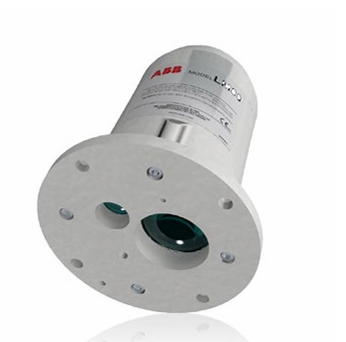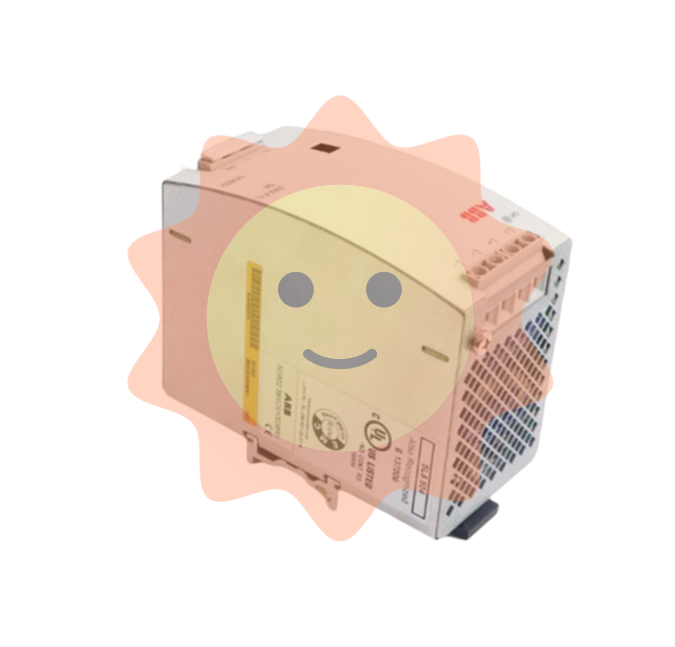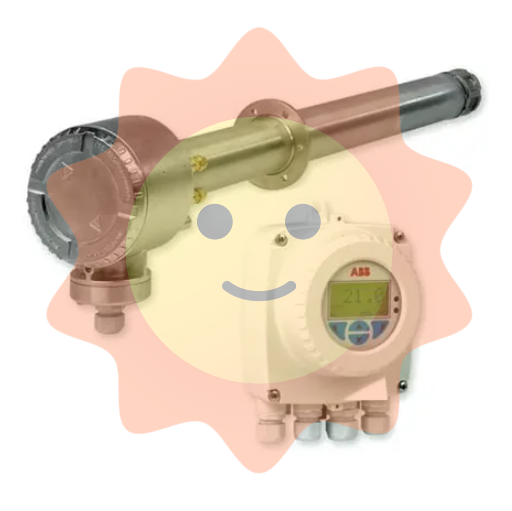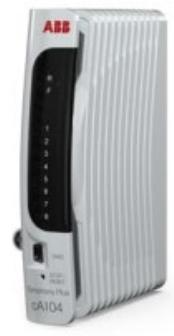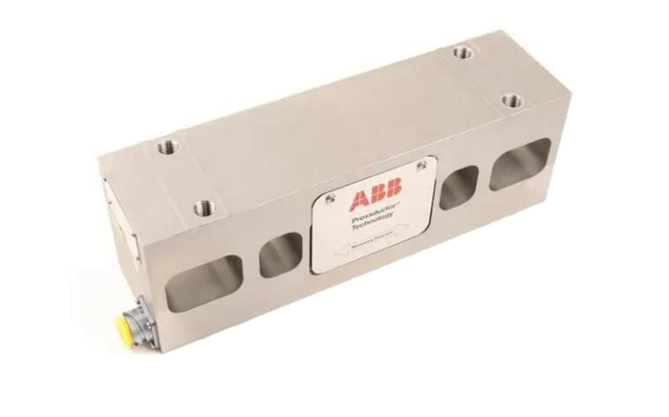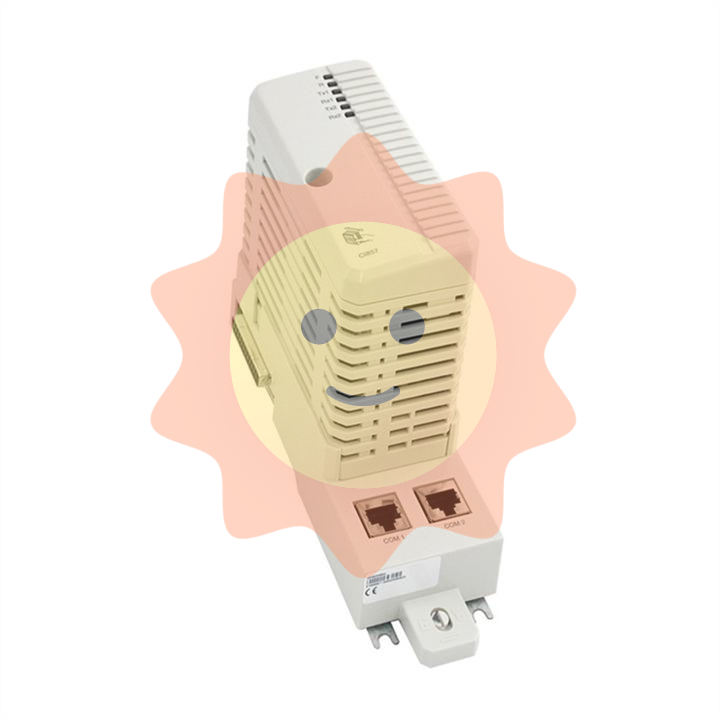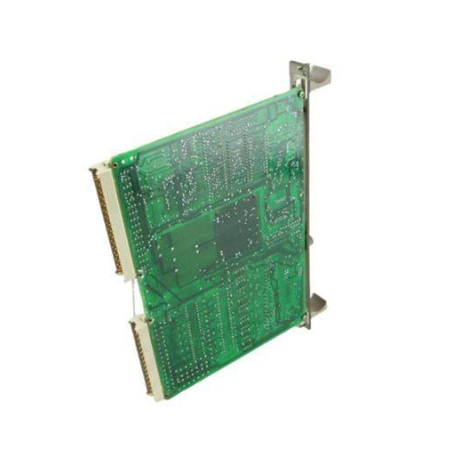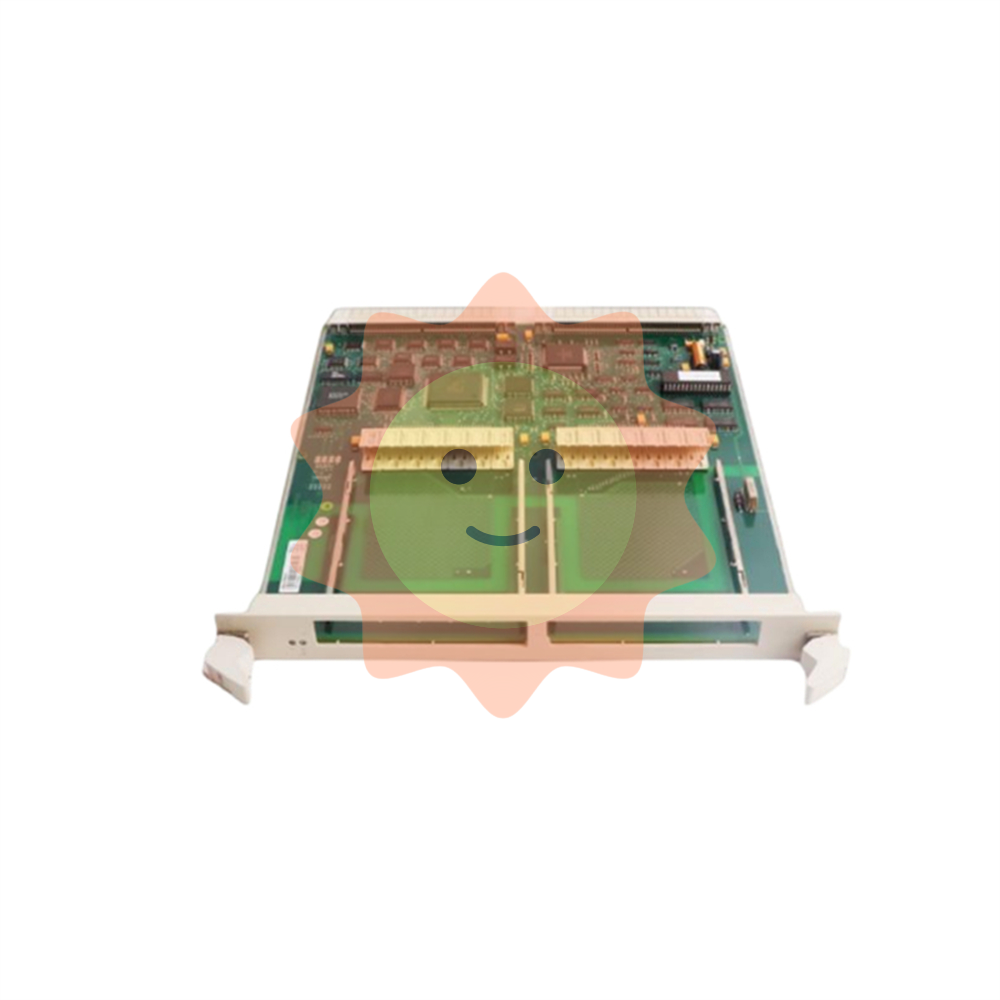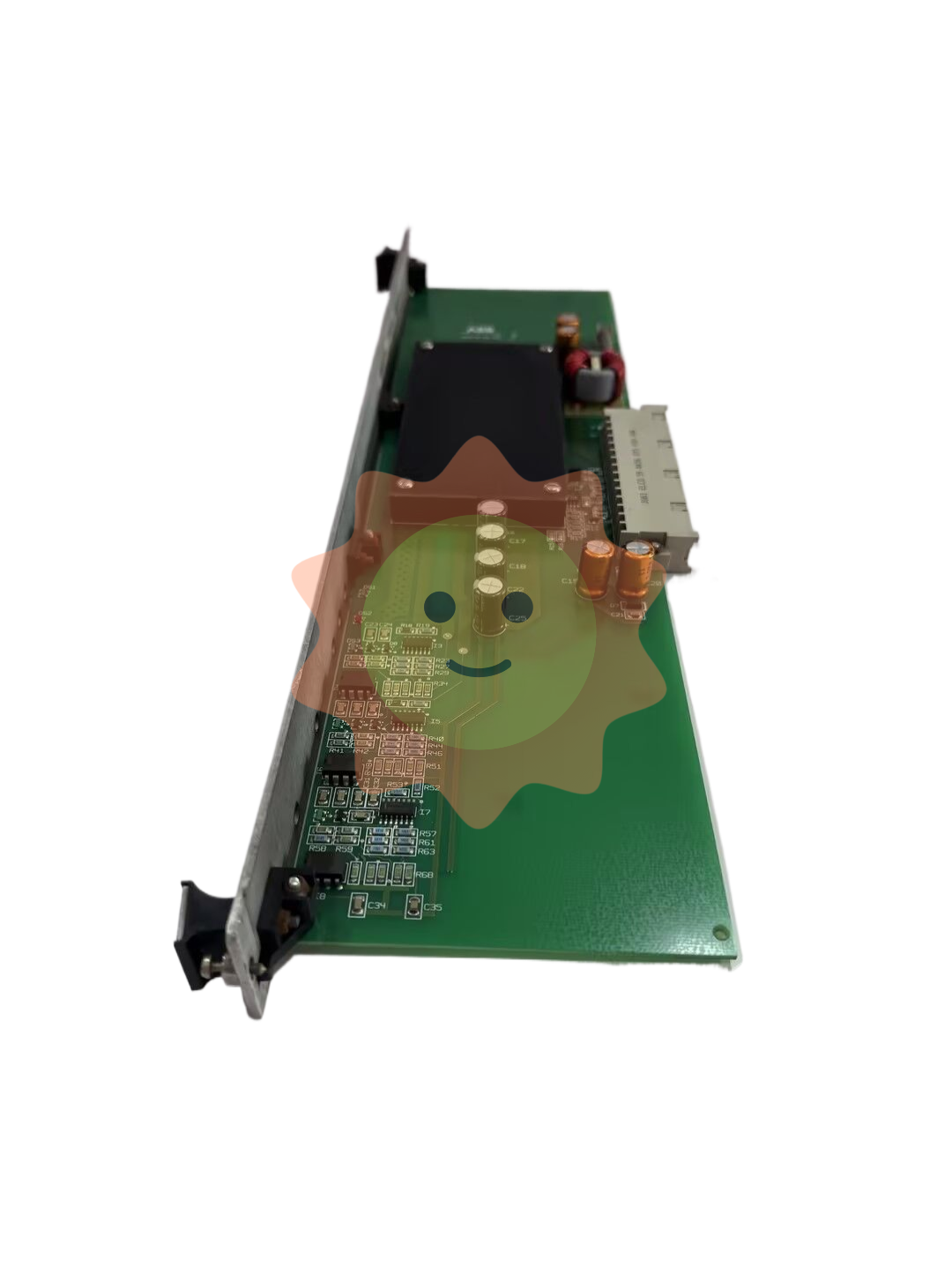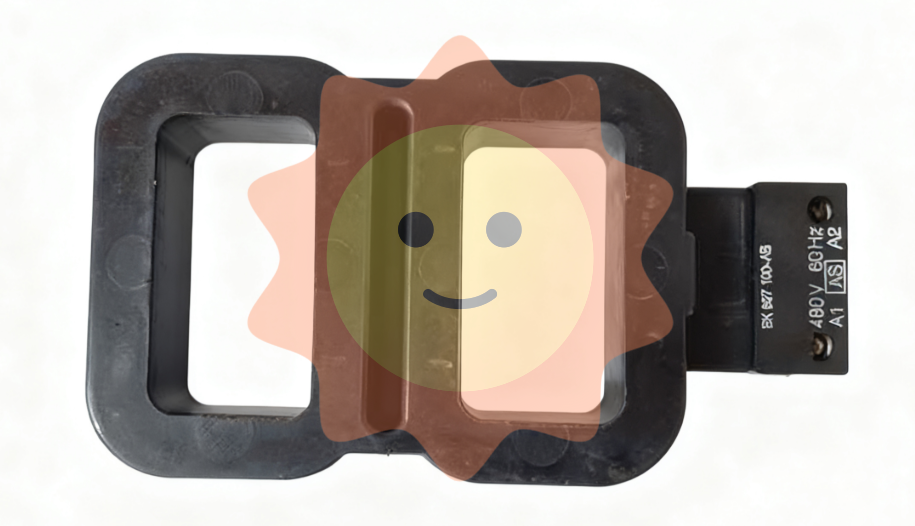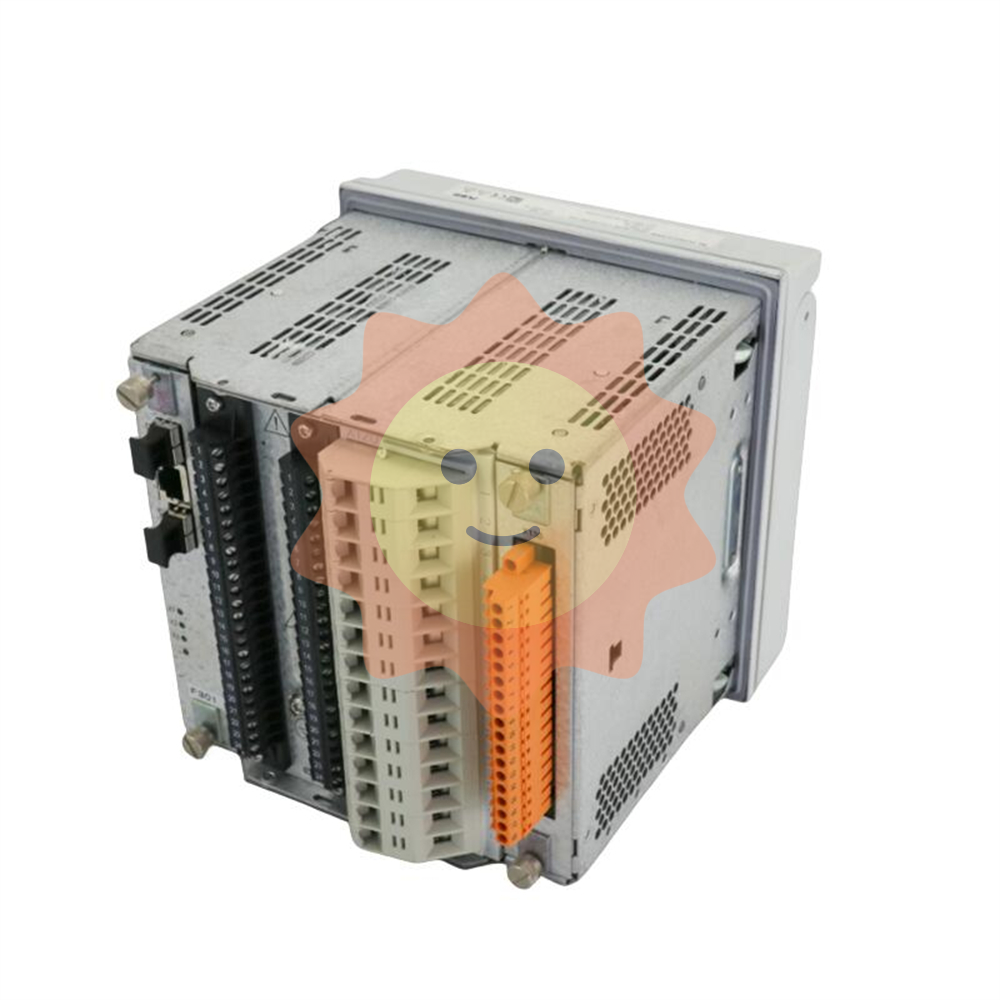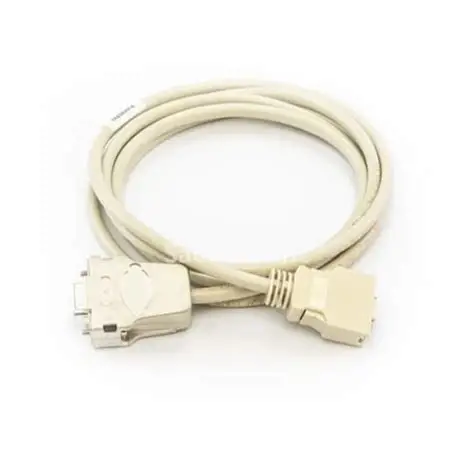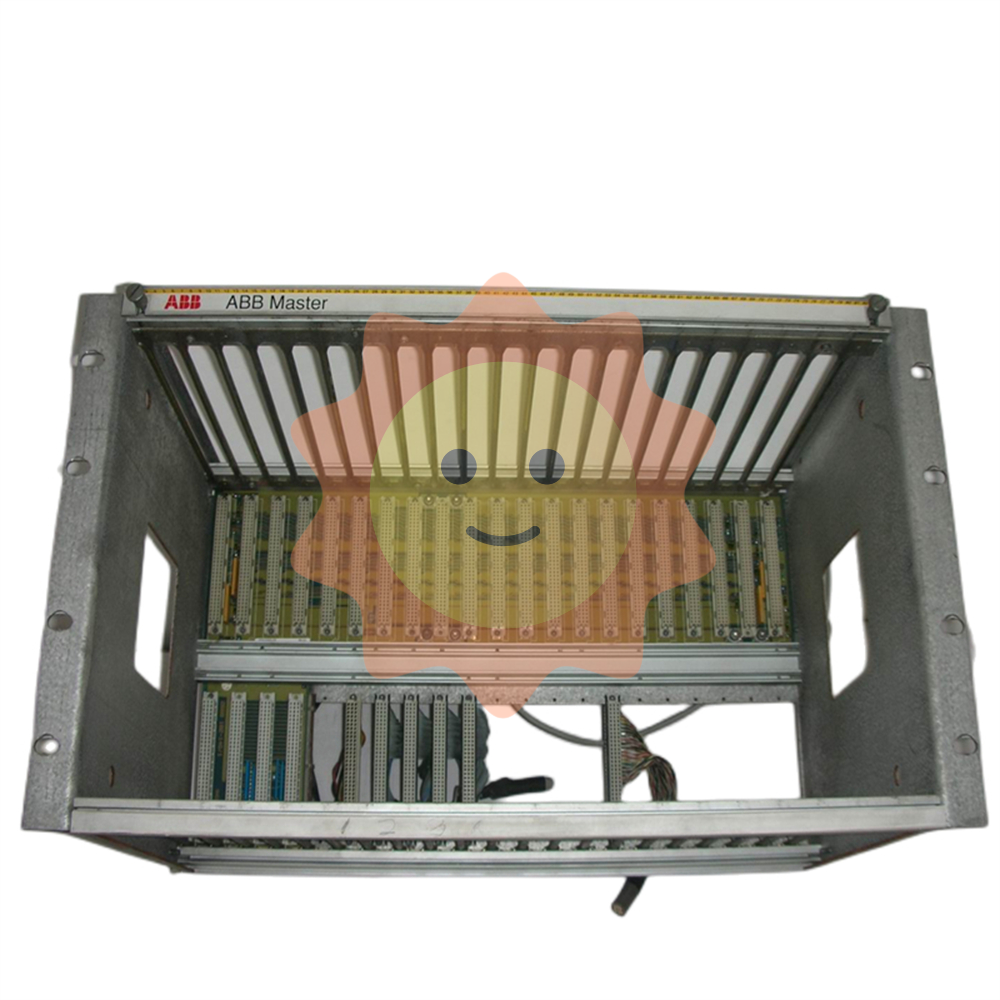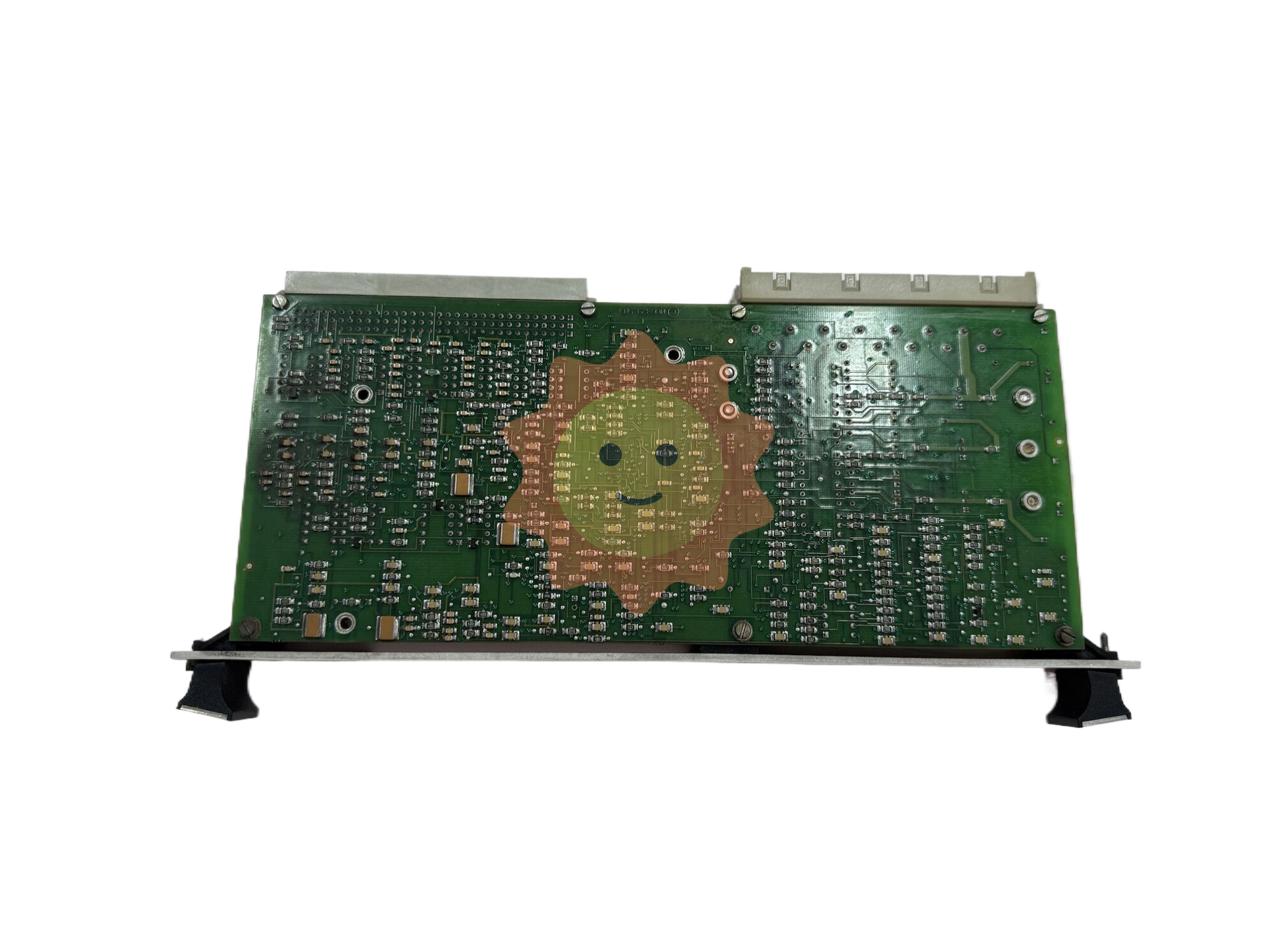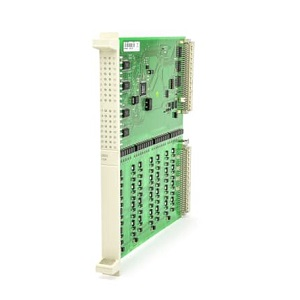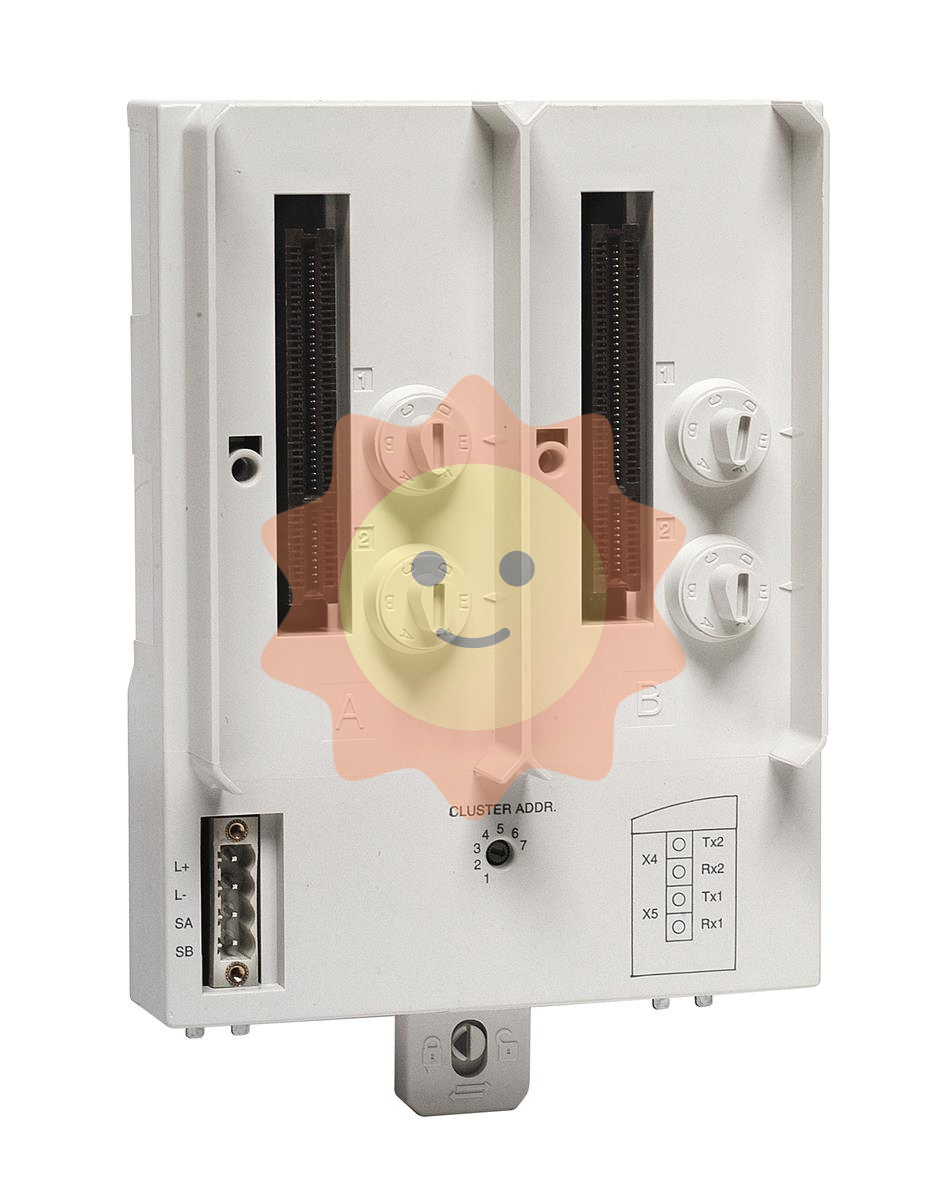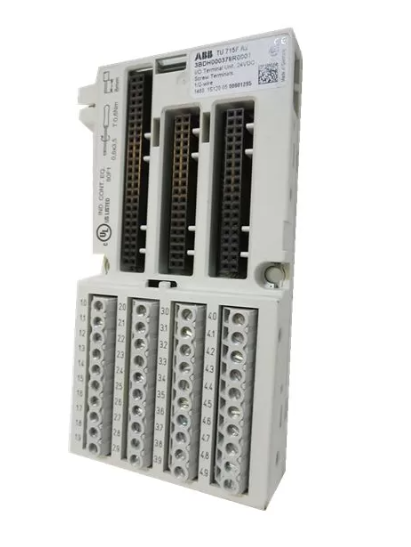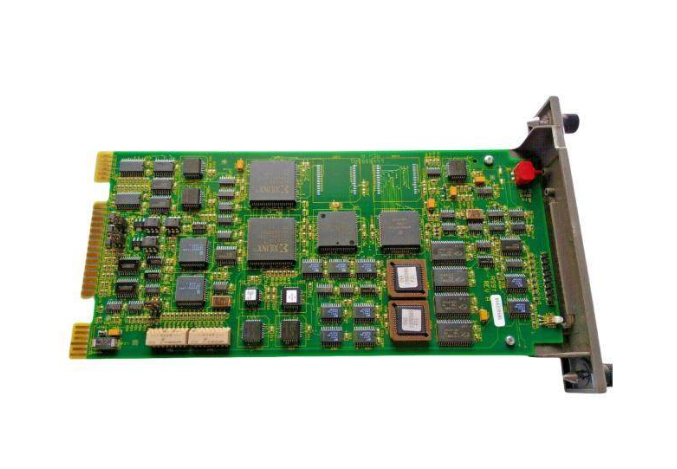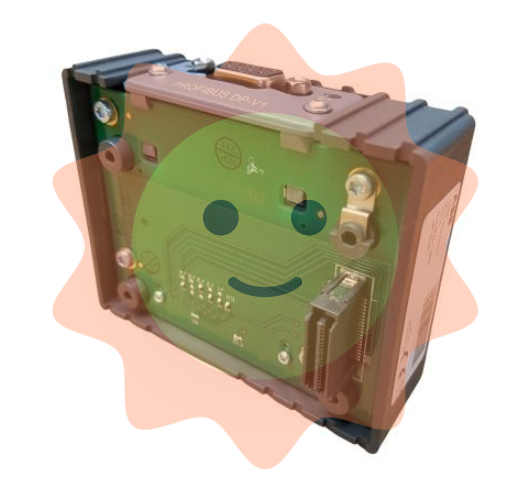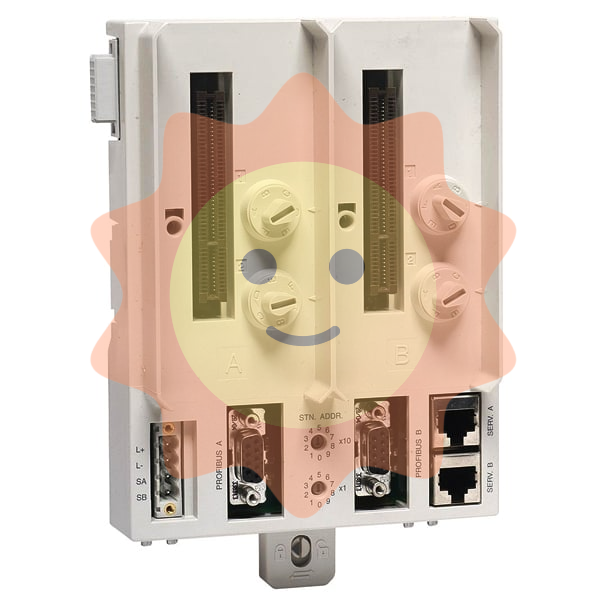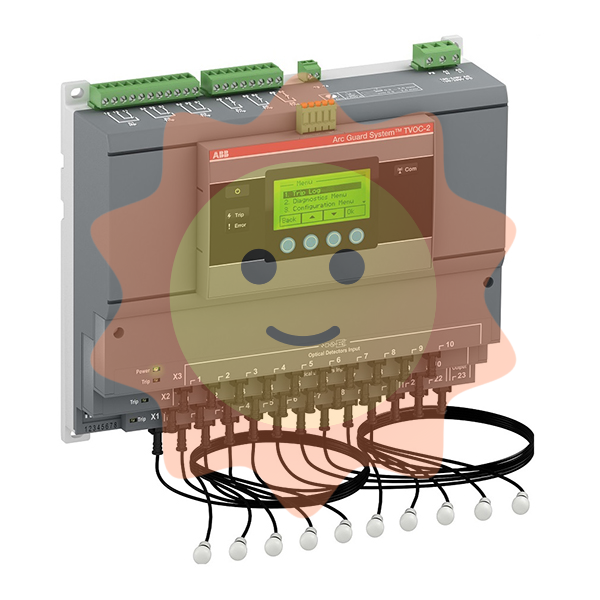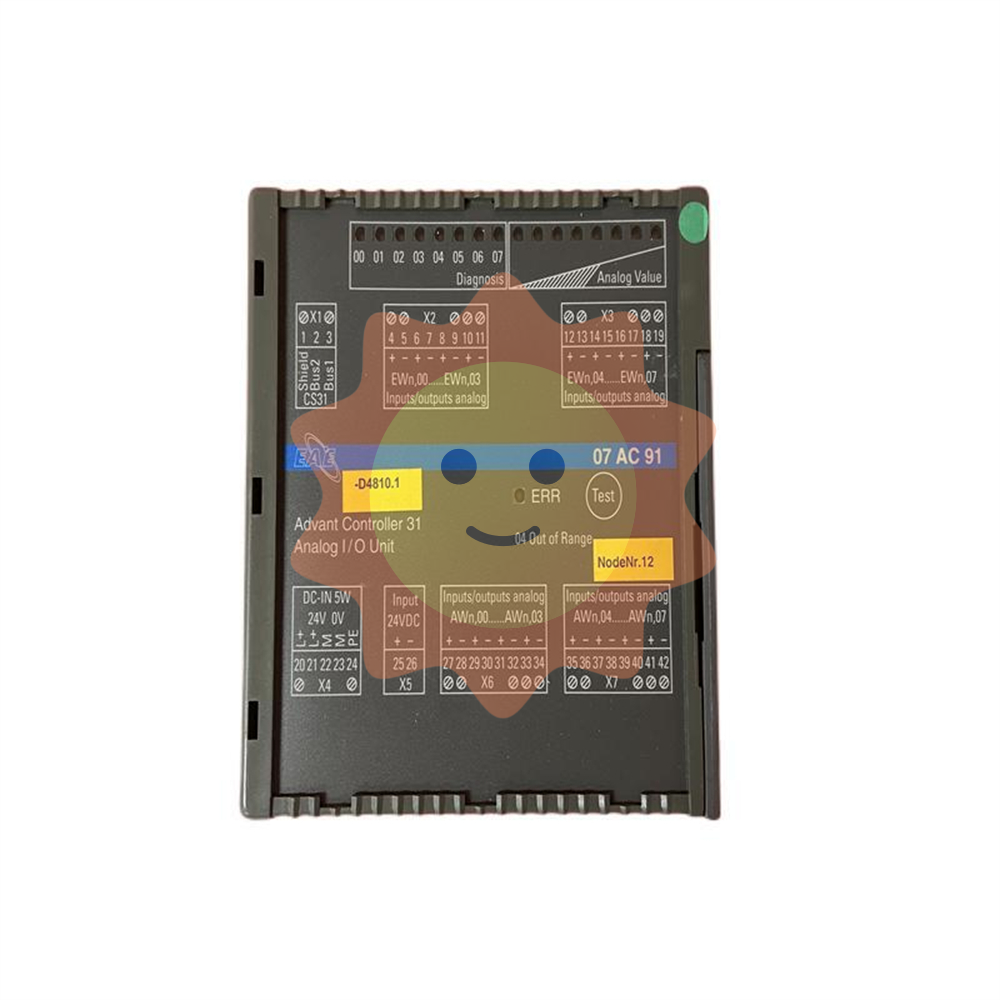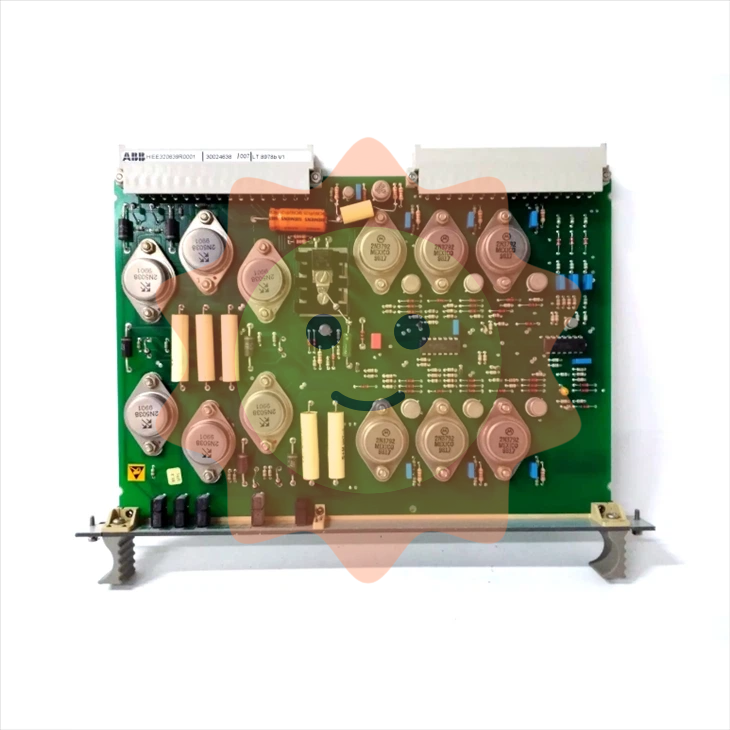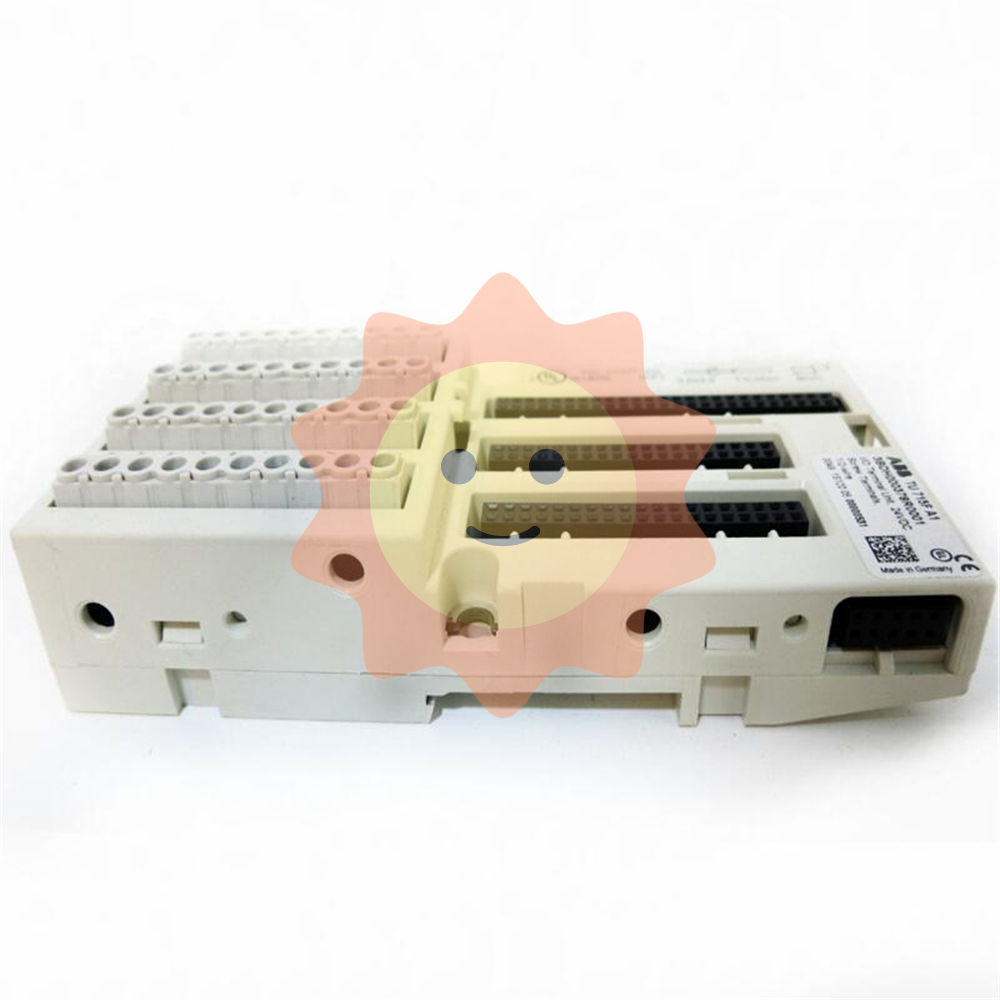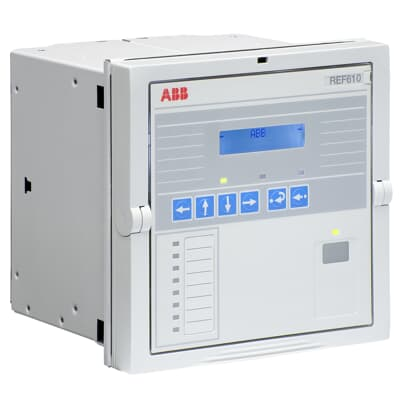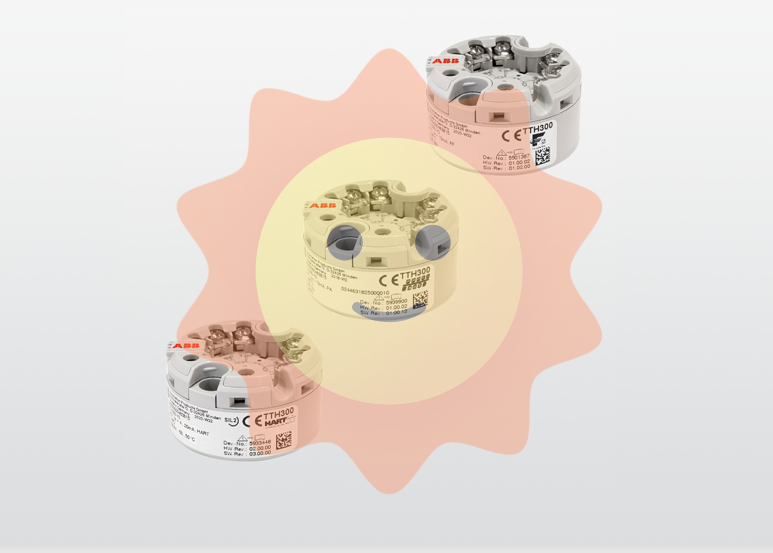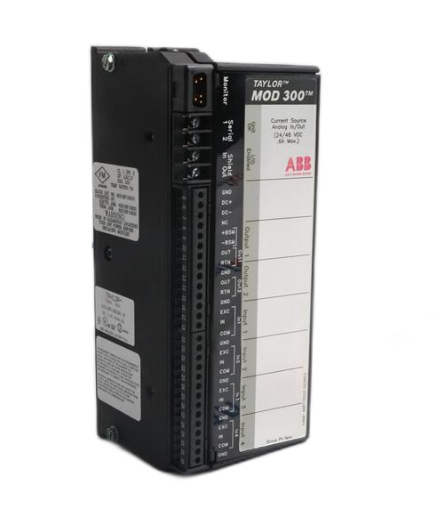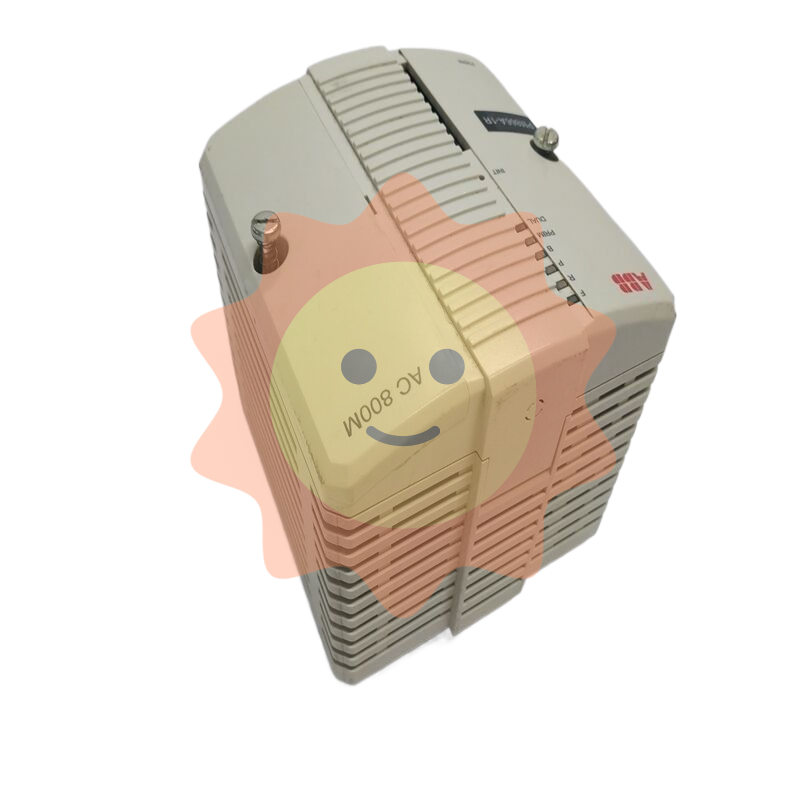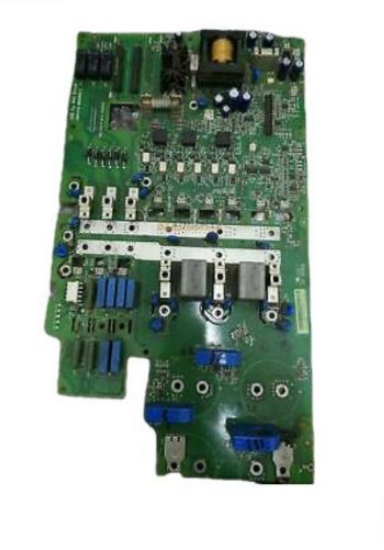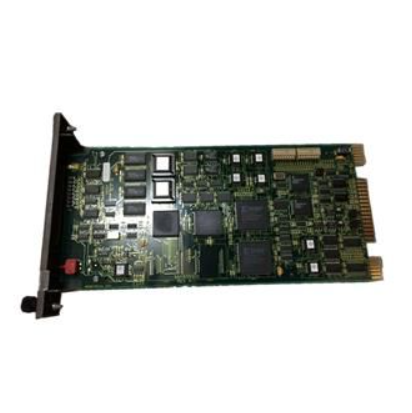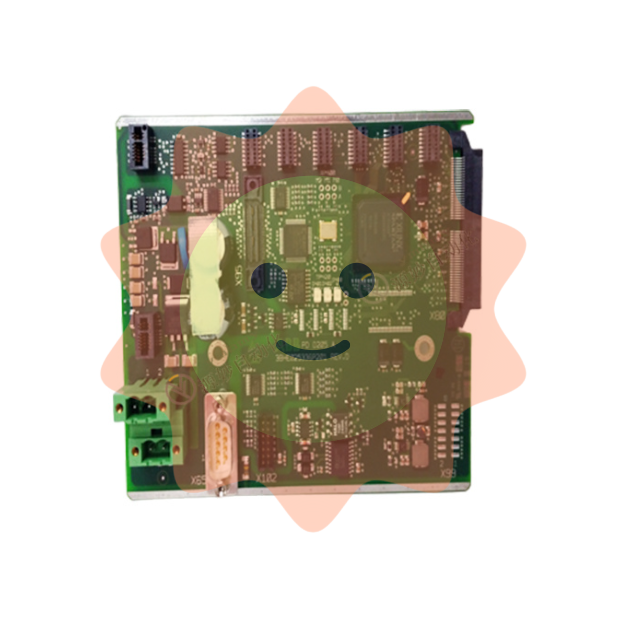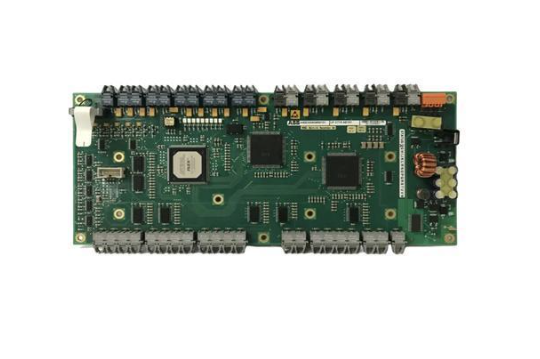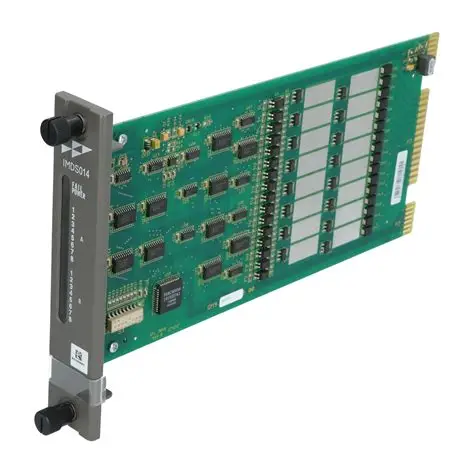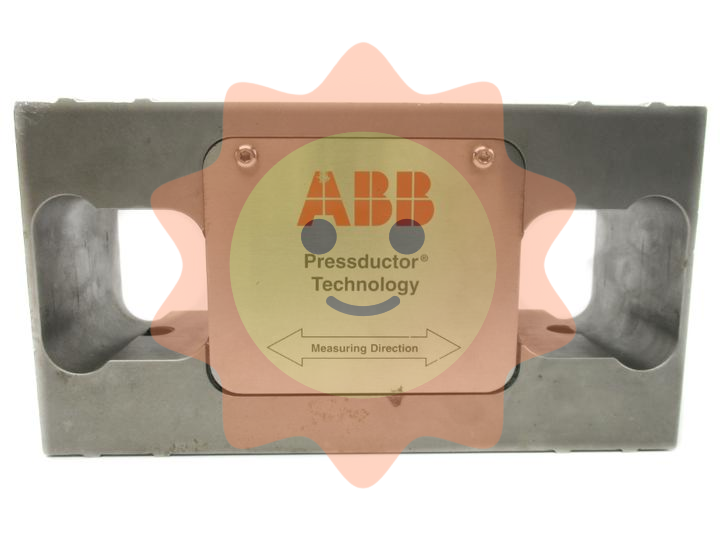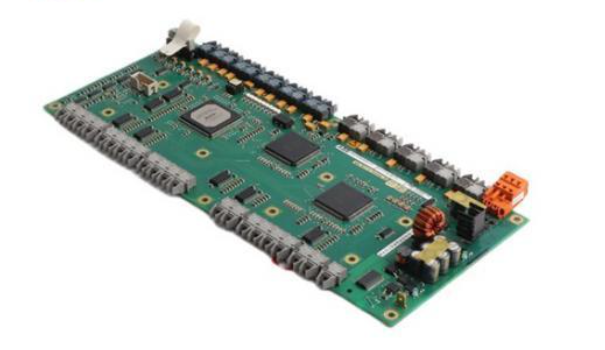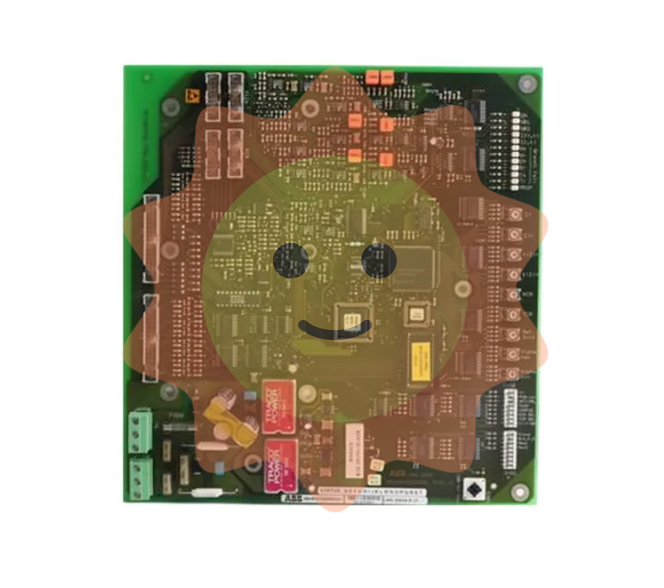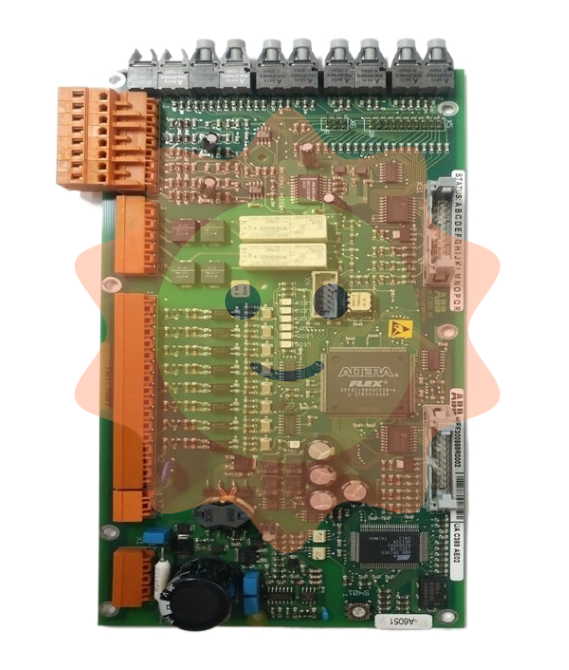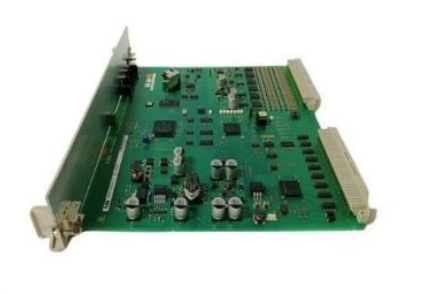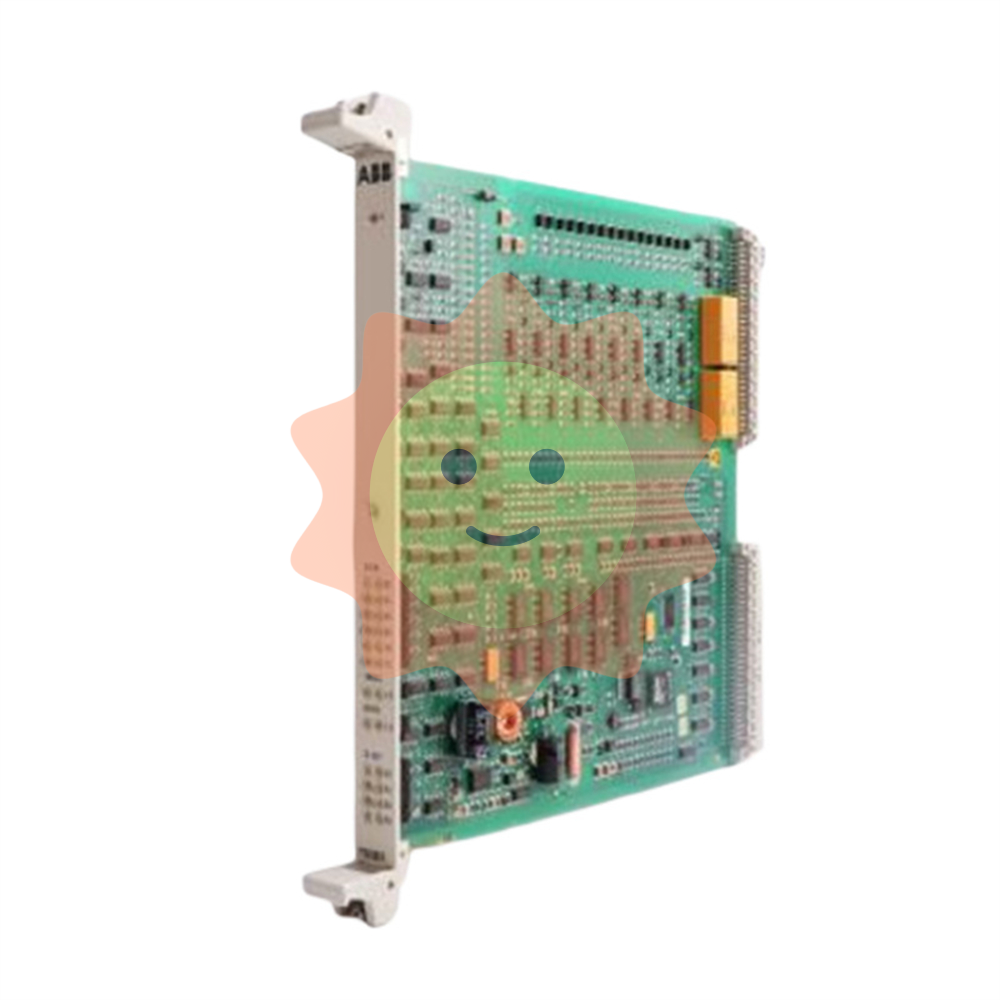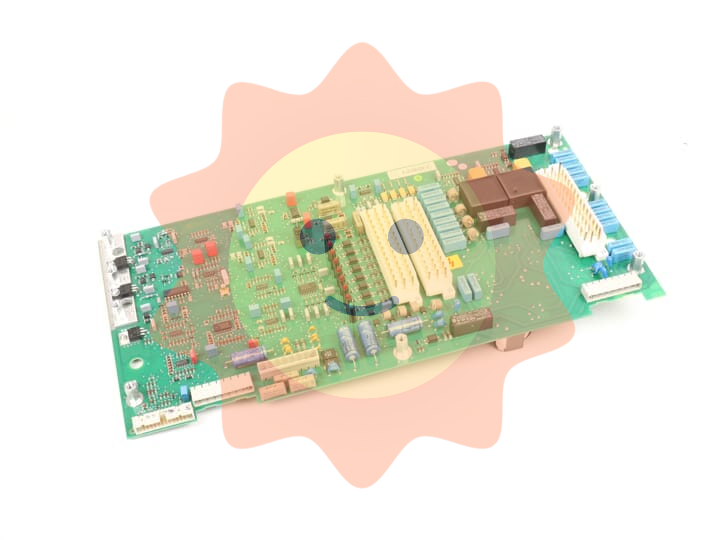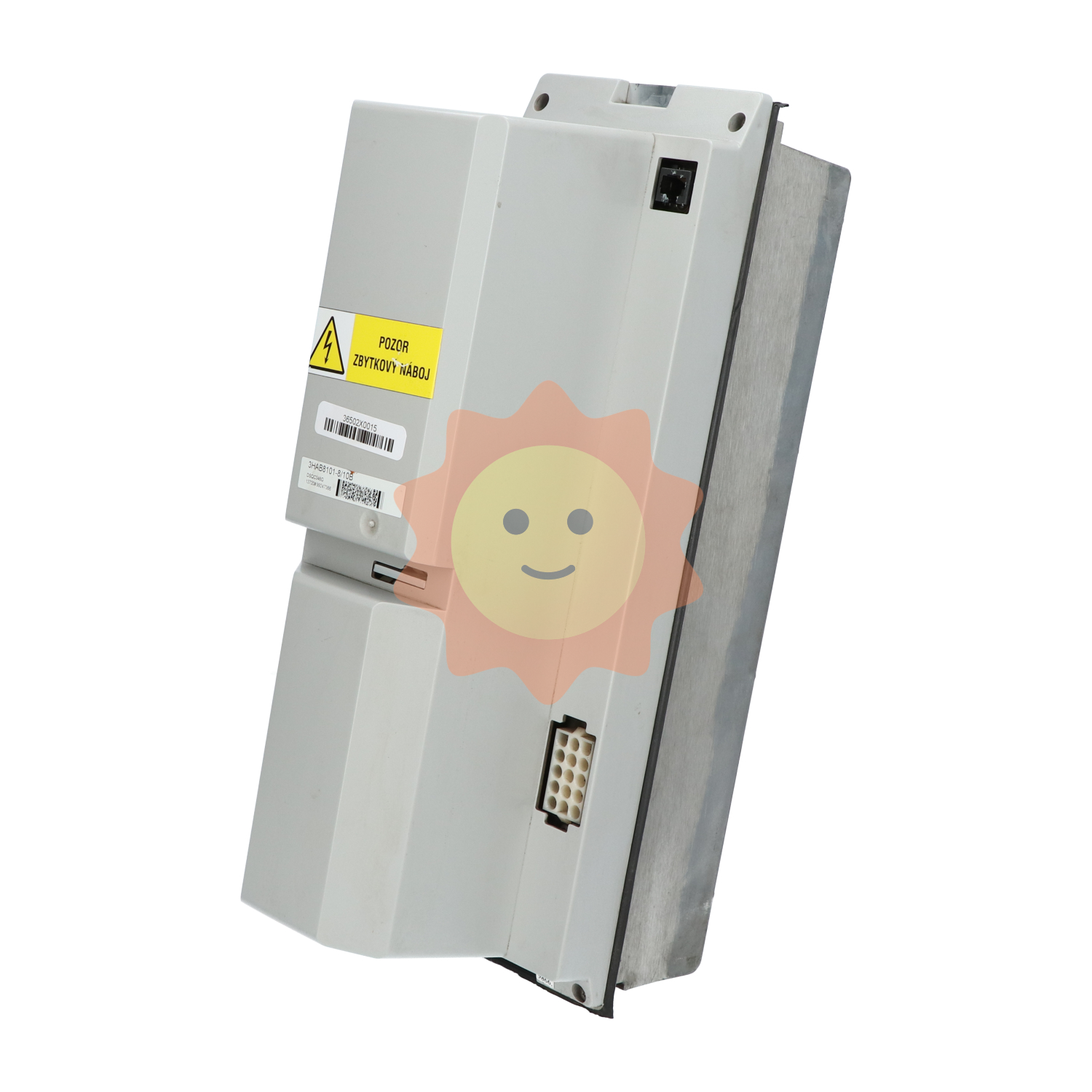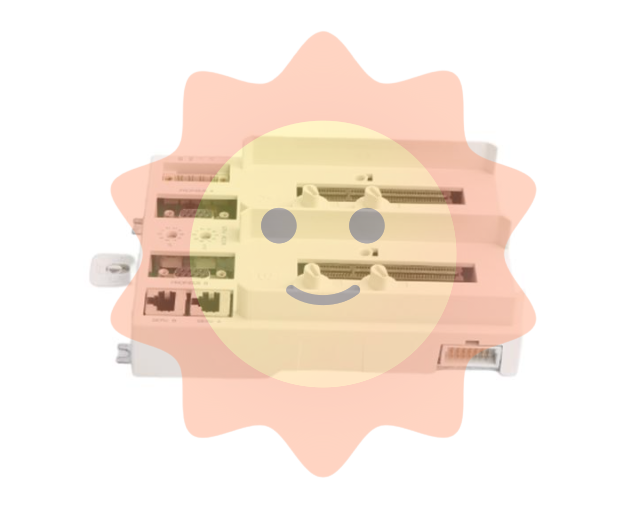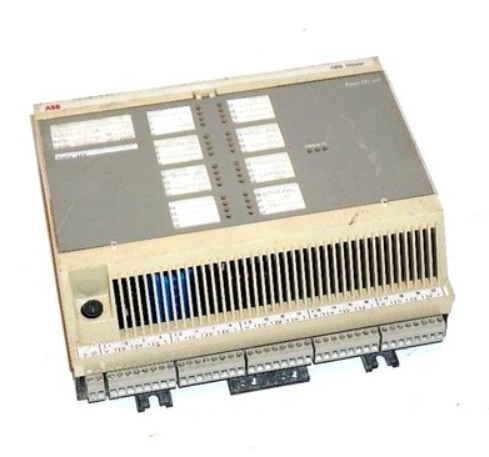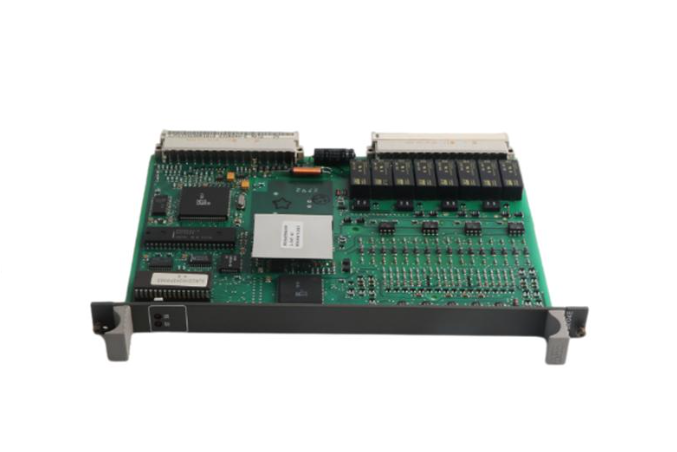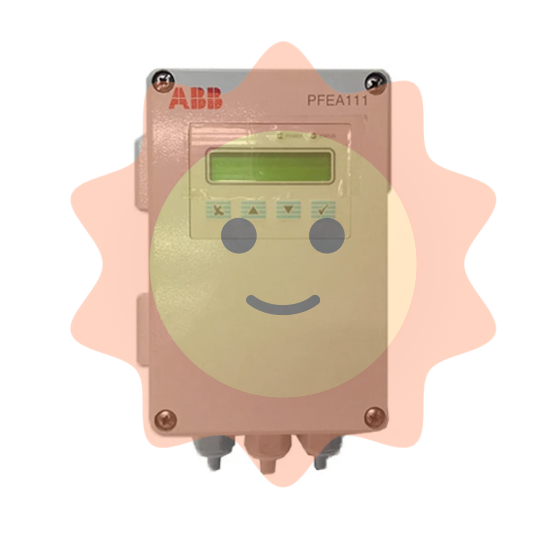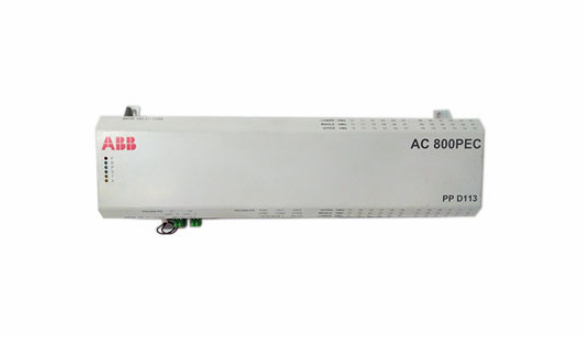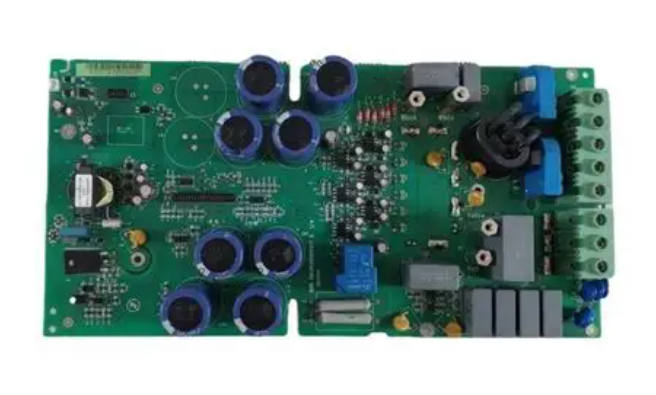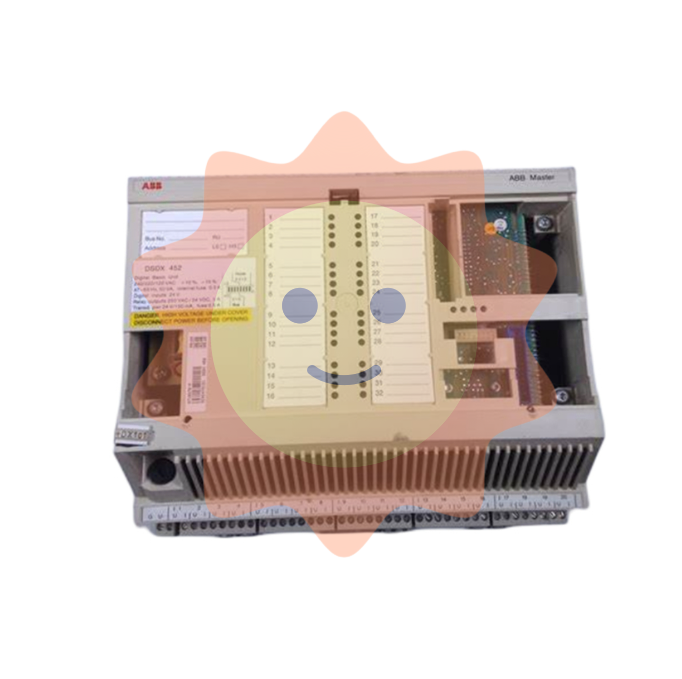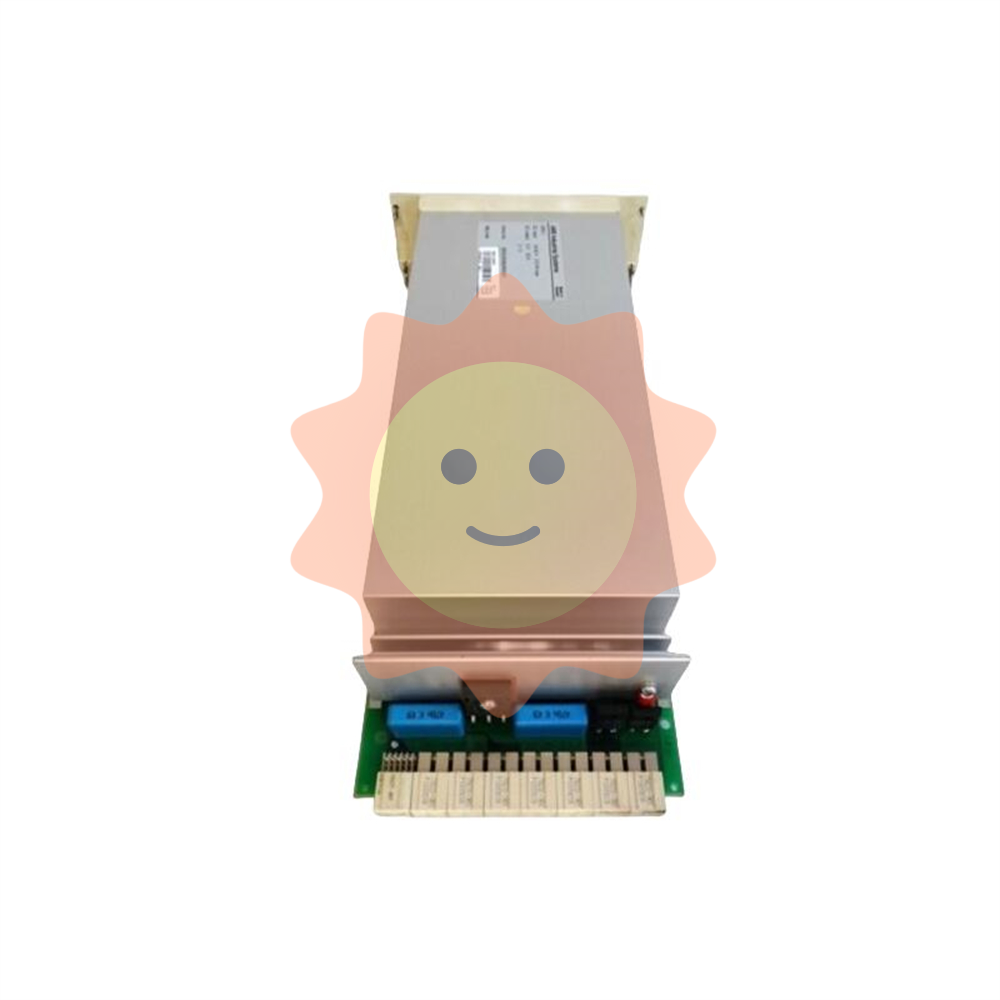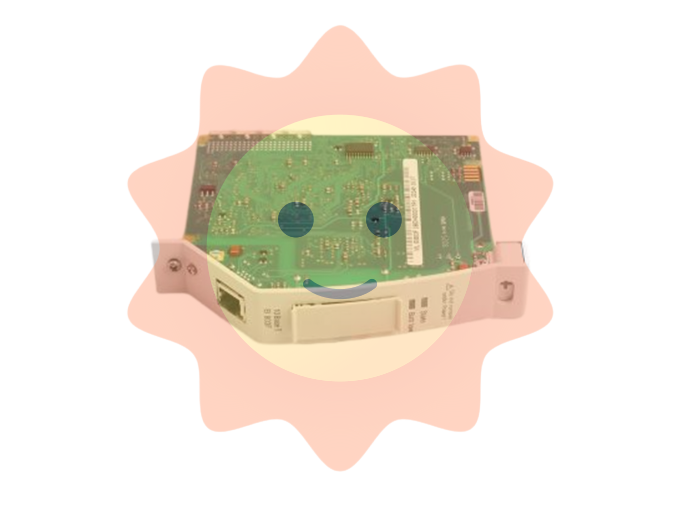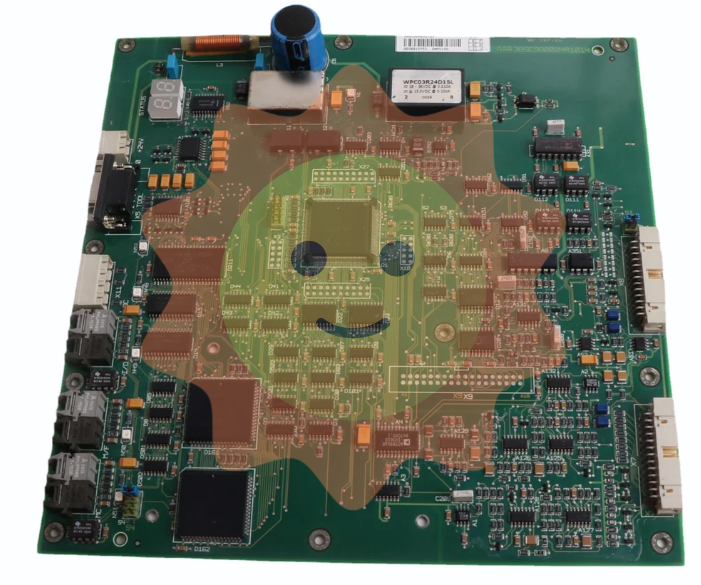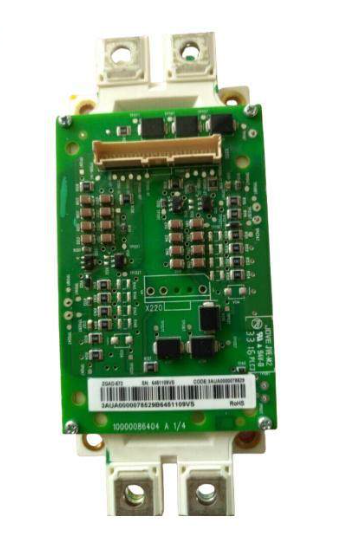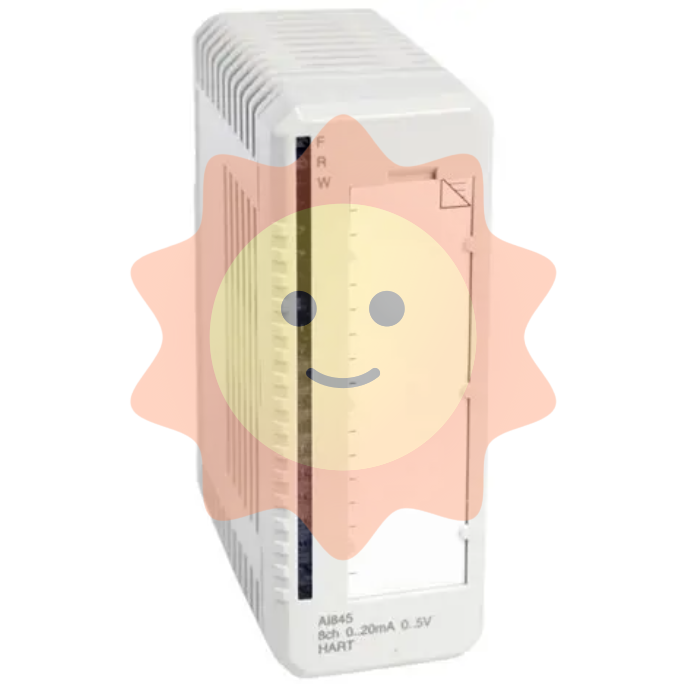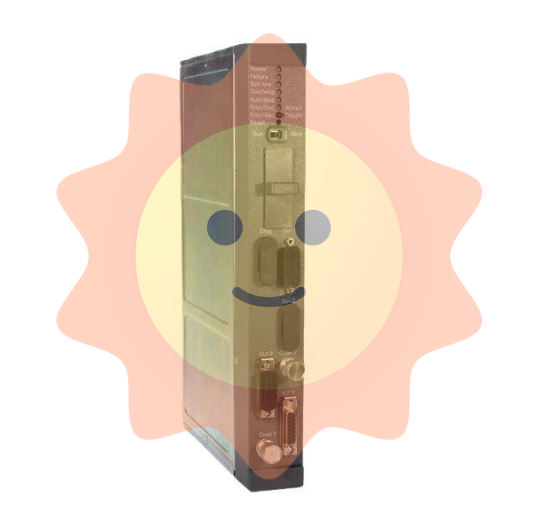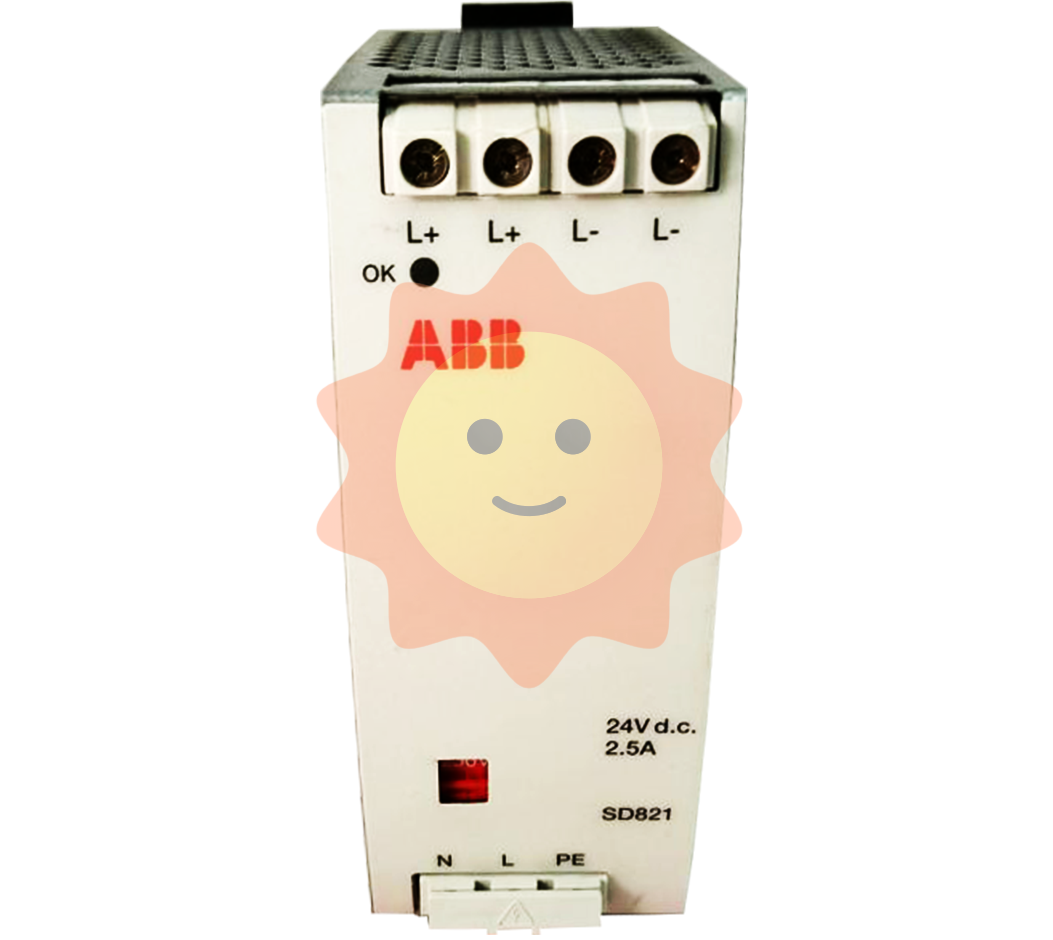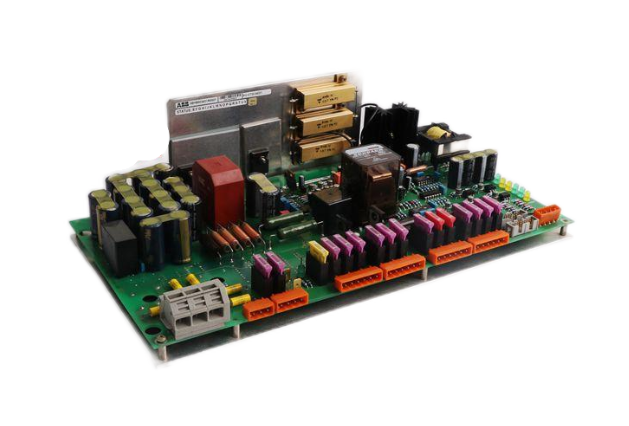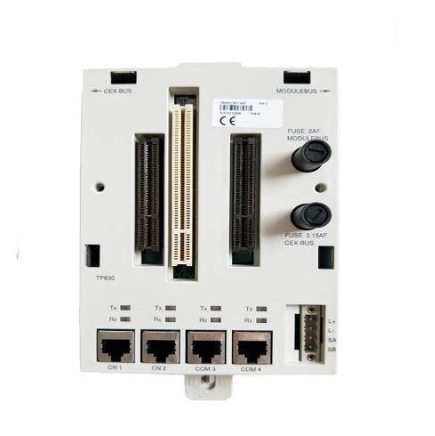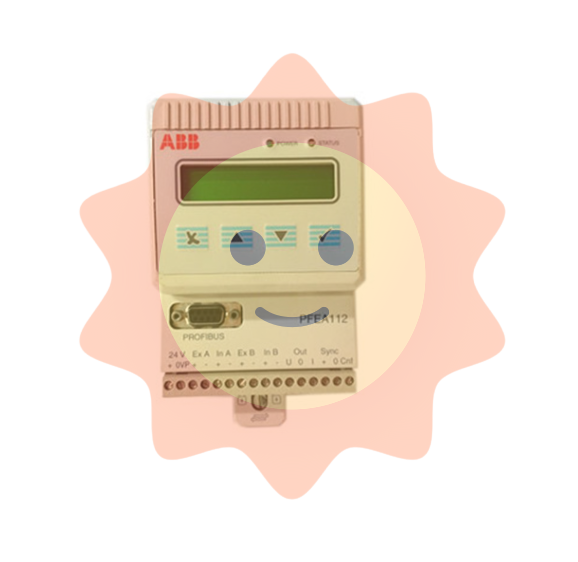The new shipbuilding cycle starts, and Chinese ships lead the world
1.1. State-owned assets holding shipbuilding leading, covering the complete ship industry chain
China Shipbuilding is a leading enterprise in the world shipbuilding industry. Its main business includes shipbuilding business, ship repair business, ocean engineering and mechanical and electrical equipment. In terms of shipbuilding business, the company covers all kinds of military ships, military auxiliary ships and bulk carriers, oil tankers, container ships, large cruise ships and various types of special ships and other civilian ship types; Ship repair business mainly includes routine repair and ship modification of various ship types, including bulk carriers, container ships, oil tankers, engineering ships, research ships, offshore engineering equipment, etc. Marine engineering includes semi-submersible vessels, FPSO, offshore oil drilling platforms and other products; Electromechanical equipment products include wind tower, desulfurization tower, subway shield and so on.
The ownership structure of the company is clear, and the actual control is the State-owned Assets Supervision and Administration Commission of the State Council. The company is CSSC's core military and civilian products main business listed company platform. According to the company announcement, as of 11M22, China State Shipbuilding Corporation directly holds 44.47% of the company's shares, and indirectly holds 5.95% through CSSC Investment and CSSC Defense, holding 50.42% of the company's shares in total. The company has 4 holding subsidiaries, including 100% equity of Jiangnan Shipbuilding, 100% equity of Waigaoqiao Shipbuilding, 100% equity of CSSC Chengxi, 55.64% equity of Guangship International, and 3 participating companies, 31.63% equity of CSSC Diesel Engine, 30.98% equity of Huangpu Wenchong and 49% equity of Chengxi Yangzhou.
1.2. The company's performance is subject to cyclical effects, and the operating situation is expected to improve steadily
The company's operation is greatly affected by periodicity, and the current performance is expected to enter a new period of growth. Looking back at history, after the company completed major asset restructuring in 2006, with the upswing of the shipping industry, the company's performance increased year by year, and the company's net profit reached a historical high of 4.16 billion yuan in 2008. After 2008, due to the overcapacity of shipyards and the decline in global trade demand, the new orders signed in the shipping industry began to enter a downward cycle. The company relied on sufficient orders in hand, and the revenue remained at a relatively high level from 2009 to 2011, but the net profit declined significantly. From 2016 to 2017, due to the company's large asset impairment on the offshore work order, the new ship market downturn, the price decline and other reasons, the net profit of the mother loss of 2.6.1 billion yuan, 2.30 billion yuan. In 2019, after the company completed the acquisition of Jiangnan Shipbuilding, Guangzhou Shipbuilding International and other assets, the revenue scale entered a new level. In 2021, the company achieved revenue of 59.74 billion yuan, an increase of 8.14%. In 2022, in order to solve the problem of diesel industry competition, the company transferred the control of its subsidiary CSSC Power Group to China Power, achieving investment income of about 2.3 billion yuan, increasing the net profit attributable to listed companies by 1.20 billion yuan, and CSSC Power Group is no longer included in the scope of the company's consolidated statements. 1-3Q22 The company achieved operating income of 38.59 billion yuan, an increase of 0.96%, and realized a net profit of 1.46 billion yuan.

The company's ship repair and Marine engineering contributed to the main revenue, accounting for more than 80% of the company's main revenue for a long time. According to the company announcement, the ship repair and Marine engineering business of 1H22 company accounted for 84% of the three main business structures. The gross profit margin of the company's main business as a whole showed a large fluctuation, which was significantly affected by the ship market cycle. The higher gross profit margin of the company's ship building and repair business in 2016-2017 was mainly due to the rise of the US dollar exchange rate, the increase in total revenue of construction contracts, and the increase in gross profit, while the price of steel plates decreased significantly and the cost of completed ships decreased. In the past three years, the company's ship repair business is relatively stable, mainly maintained at about 9%.
The company's gross profit margin has remained stable in the past three years, and the net interest rate has begun to show an upward trend. The high level of the company's overall gross profit margin in 2016-2017 was mainly caused by the increase in gross profit margin of ship building and repair business. After 2019, the company's hedging instruments and projects were not included in the current profit and loss, but were reflected in the exchange profit and loss items, which kept the gross profit margin at about 10% in recent years. According to the company's announcement 1-3Q22, the company's gross profit margin is 10.03%, and the net profit margin is 3.79%. With the increase of the proportion of high-end products in the future, the delivery of high-priced ship orders while the price of shipbuilding plates continues to decline, the company's profitability is expected to continue to grow. The company's overall expense control ability is good, and the period expense rate has maintained a stable level for a long time. The significant increase in the company's period expense ratio in 2016-2017 was mainly caused by the increase in interest expense and the significant increase in the finance expense ratio caused by the depreciation of RMB, and the company's net interest rate was low in the same period. In 2018, the company implemented market-based debt-to-equity swaps, and the average total borrowings were significantly reduced, interest payments were reduced, and financial expenses were significantly reduced, so that the company's expense ratio during the period was relatively stable at a low level. According to the company's announcement, the company's R&D expense ratio increased from 1.94% in 2013 to 5.26% in 1-3Q22, and the expense ratio during 1-3Q22 was 10.38%, relatively maintaining a low level.
- EMERSON
- Honeywell
- CTI
- Rolls-Royce
- General Electric
- Woodward
- Yaskawa
- xYCOM
- Motorola
- Siemens
- Rockwell
- ABB
- B&R
- HIMA
- Construction site
- electricity
- Automobile market
- PLC
- DCS
- Motor drivers
- VSD
- Implications
- cement
- CO2
- CEM
- methane
- Artificial intelligence
- Titanic
- Solar energy
- Hydrogen fuel cell
- Hydrogen and fuel cells
- Hydrogen and oxygen fuel cells
- tyre
- Chemical fiber
- dynamo
- corpuscle
- Pulp and paper
- printing
- fossil
- FANUC
- Food and beverage
- Life science
- Sewage treatment
- Personal care
- electricity
- boats
- infrastructure
- Automobile industry
- metallurgy
- Nuclear power generation
- Geothermal power generation
- Water and wastewater
- Infrastructure construction
- Mine hazard
- steel
- papermaking
- Natural gas industry
- Infrastructure construction
- Power and energy
- Rubber and plastic
- Renewable energy
- pharmacy
- mining
- Plastic industry
- Schneider
- Kongsberg
- NI
- Wind energy
- International petroleum
- International new energy network
- gas
- WATLOW
- ProSoft
- SEW
- wind
- ADVANCED
- Reliance
- YOKOGAWA
- TRICONEX
- FOXBORO
- METSO
- MAN
- Advantest
- ADVANCED
- ALSTOM
- Control Wave
- AB
- AMAT
- STUDER
- KONGSBERG
- MOTOROLA
- DANAHER MOTION
- Bently
- Galil
- EATON
- MOLEX
- Triconex
- DEIF
- B&W
- ZYGO
- Aerotech
- DANFOSS
- KOLLMORGEN
- Beijer
- Endress+Hauser
- MOOG
- KB
- Moxa
- Rexroth


Email:wang@kongjiangauto.com



